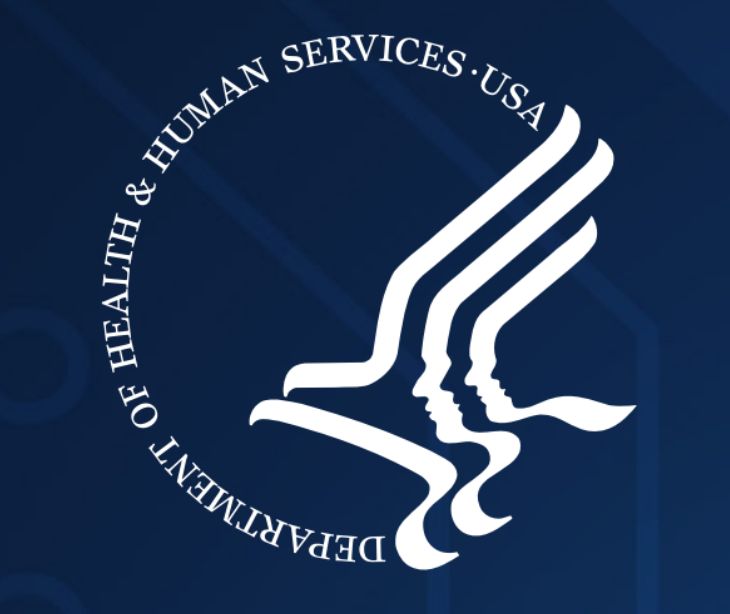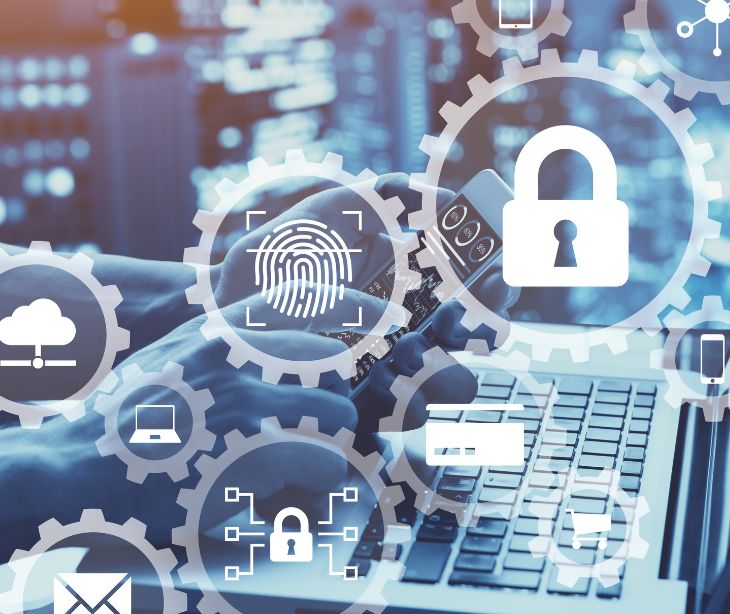2 min read
What are the most common cyberattacks in healthcare?
Tshedimoso Makhene
December 04, 2023

Cyberattacks are a significant threat to healthcare systems worldwide. They often target vulnerabilities in technology and human interactions and can have severe implications for patient privacy, data integrity, and the seamless functioning of healthcare services.
What are cyberattacks?
Cyberattacks are malicious activities exploiting vulnerabilities within computer systems, networks, or devices. These attacks are orchestrated by individuals or groups intending to gain unauthorized access, steal sensitive information, disrupt operations, or cause damage to the targeted systems.
In healthcare, these attacks pose unique risks due to the highly sensitive nature of patient data and the criticality of medical services.
Related: HIPAA Compliant Email: The Definitive Guide
Common cyberattacks in healthcare
Several types of cyberattacks target healthcare institutions due to their valuable data and critical services. These include:
- Ransomware attacks: These entail hackers encrypting the data of a healthcare company and requesting a ransom to unlock the keys. Ransomware can paralyze operations, compromise patient records, and disrupt critical services.
- Phishing: Attackers send deceptive emails or messages appearing to be from trusted sources to trick employees into revealing sensitive information like login credentials or to download malware.
- Data breaches: These occur when unauthorized individuals gain access to sensitive patient information, compromising confidentiality. Breaches may happen due to weak security measures, insider threats, or external attacks.
- Malware: Malicious software can infect healthcare systems, disrupt operations, steal data, or compromise the integrity of medical devices.
- Denial-of-service (DoS) attacks: These attacks overwhelm healthcare systems with excessive traffic, rendering them inaccessible to users. Distributed denial-of-service (DDoS) attacks involving multiple sources can be particularly damaging.
- Insider threats: Employees or insiders intentionally or unintentionally compromise security by accessing, leaking, or manipulating sensitive data.
- IoT device vulnerabilities: Medical devices and Internet of Things (IoT) technologies used in healthcare, such as pacemakers or infusion pumps, can be vulnerable to attacks if not properly secured.
- Supply chain attacks: Attackers exploit vulnerabilities in third-party software or services used by healthcare organizations, gaining unauthorized access through these channels.
Related: Common cyberattack vectors
Impact on healthcare systems
Cyberattacks on healthcare systems lead to a myriad of consequences:
- Compromised patient data: Cyberattack breaches can expose confidential patient information, including medical records, personal identifiers, and financial data. This jeopardizes patient privacy and can lead to identity theft or other forms of exploitation.
- Operational disruption: Ransomware attacks, which encrypt data and demand payment for decryption, can paralyze healthcare operations. Hospitals may be forced to shut down critical systems, leading to postponed treatments, delayed surgeries, and compromised patient care.
- Financial losses: Recovering from cyberattacks can be financially crippling. Organizations may face hefty fines for non-compliance with data protection regulations, legal fees, and expenses related to system restoration and cybersecurity enhancements.
- Threats to patient safety: In extreme cases, cyberattacks can impact medical devices and equipment, potentially endangering patient safety if these devices are compromised or manipulated.
Go deeper:
- How ransomware emails impact healthcare security
- CISA releases Mitigation Guide for healthcare organizations
Subscribe to Paubox Weekly
Every Friday we'll bring you the most important news from Paubox. Our aim is to make you smarter, faster.




